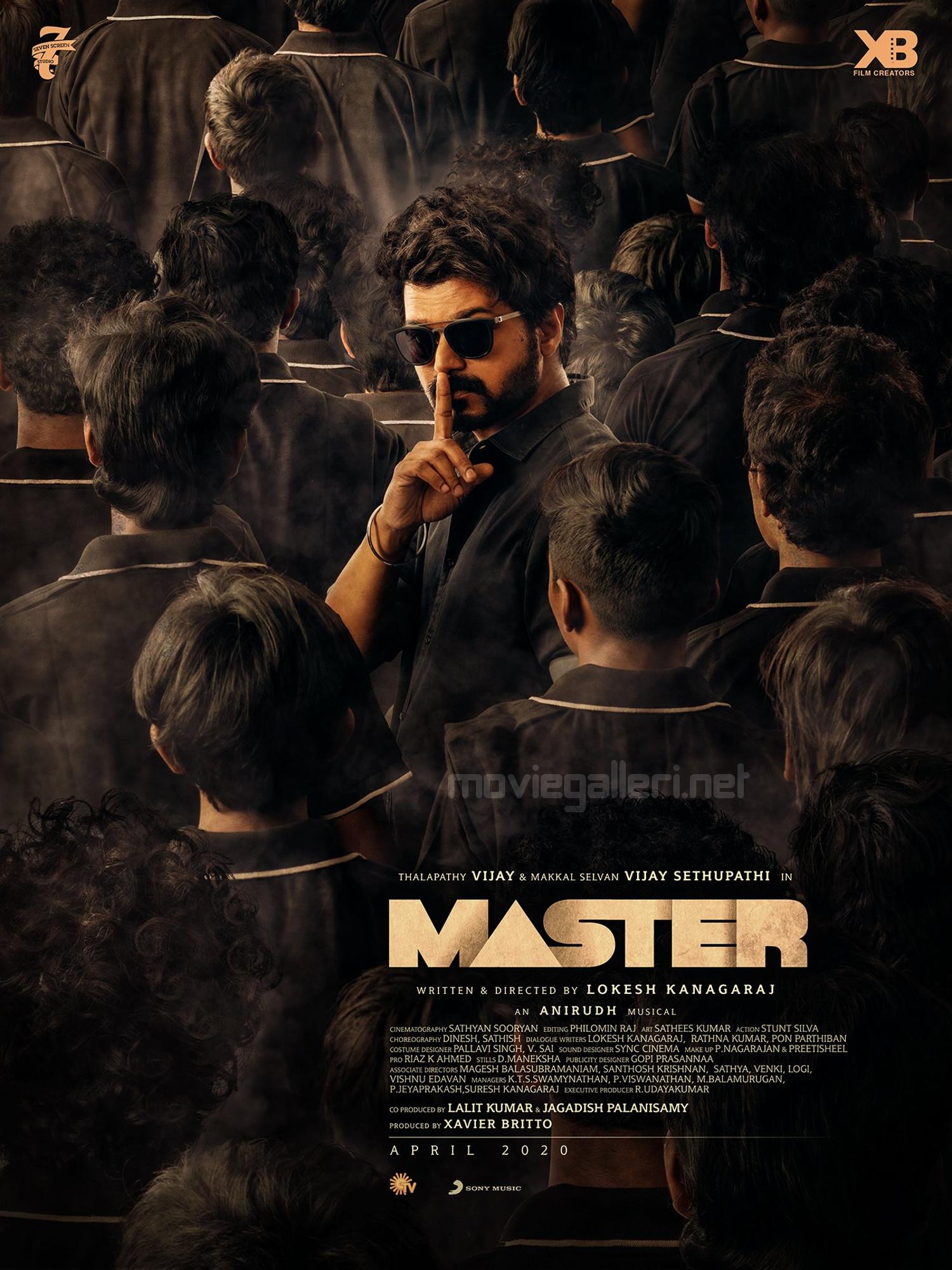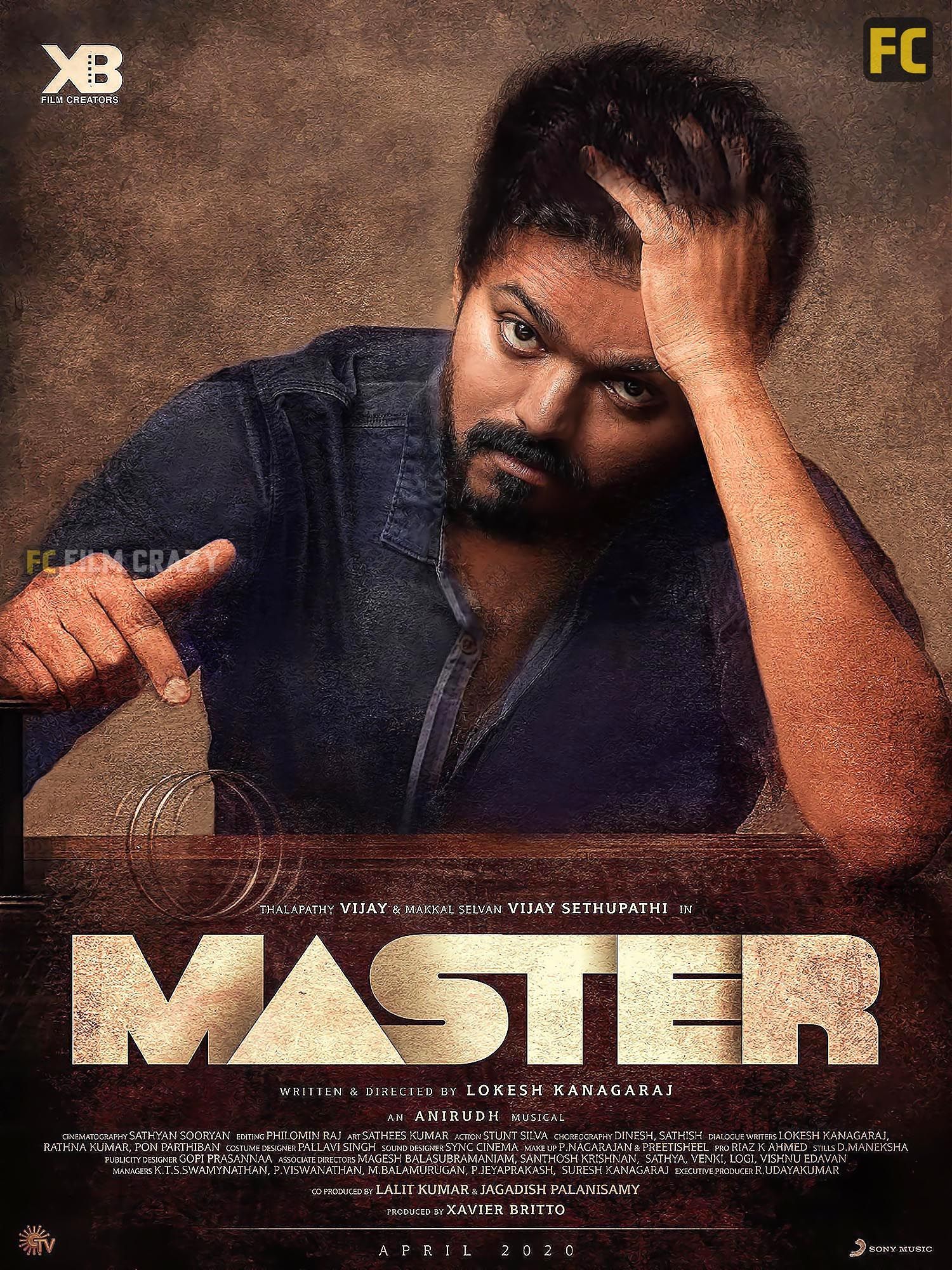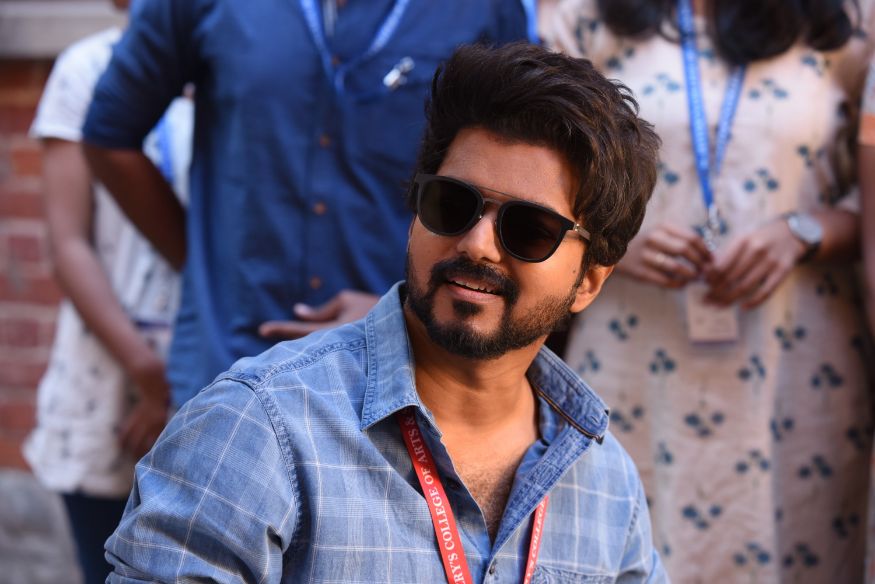How To Get Really Good At Using The Roblox Creator Dashboard For Your Creations: A Full Guide
Making things on Roblox is a truly cool way to share your ideas with millions of people. For anyone who builds games or makes items, the Roblox Creator Dashboard is your main spot for pretty much everything. It's where you keep track of your projects, see how they're doing, and even get things ready for players to enjoy. So, getting comfortable with this central hub is a big deal if you want your creations to shine.
This guide is here to walk you through each part of the Creator Dashboard. We will look at how you can use its features to make your building process smoother and your games more successful. It's all about knowing where things are and what they do, so you can spend more time on the fun part: making amazing stuff.
We will cover everything from checking on your active projects to looking at how players interact with your work. You'll learn simple ways to use the dashboard's tools, which can help you get more out of your creative efforts. This will really help you get good at using this important tool, you know, like a pro.
- Hope Youre Feeling Better Pics
- Prayer To St Anthony To Find Lost Things
- Largest Head In The World
- Julia Stiles Now
- 90 Day Fianc%C3%A9 The Other Way Cast
Table of Contents
- Understanding the Creator Dashboard: What It Is and Why It Matters
- Getting Started with Your Roblox Creations
- Keeping an Eye on Things with Analytics
- Getting Your Creations Ready for Players
- Working with Others and Team Creation
- Troubleshooting and Common Questions
- Making Your Dashboard Use Even Better
- Final Thoughts on Your Roblox Building Journey
Understanding the Creator Dashboard: What It Is and Why It Matters
The Roblox Creator Dashboard, found at `https create roblox com dashboard`, is really your control center for everything you make on the platform. It's not just a place to see your games; it's where you manage every little piece of your creative work. From the very first idea to a fully launched experience, this dashboard helps you keep things organized. You know, it's pretty central to your building efforts.
Think of it as your personal office for Roblox development. You can check on how many people are playing your games, update descriptions, and even handle in-game purchases. It's a place that lets you keep tabs on performance and player engagement, which is, honestly, super important for any creator. Getting good at using it means you can make better decisions for your projects, and that, too, is almost like getting a special degree in game making, in a way.
Many people might just use it for basic tasks, but there's so much more to it. Learning to use all its features can really change how you approach building on Roblox. It can help you find problems early, see what players like, and plan your next steps more clearly. So, mastering this tool is a big step towards being a really successful creator, is that not right?
- Denver Nuggets Vs San Antonio Spurs Match Player Stats
- Karis Hunt
- George Conway Net Worth 2024
- 90s African American Actresses
- Motivation Saturday
Getting Started with Your Roblox Creations
When you first get into the Creator Dashboard, you'll see a lot of options. It might look a bit much at first, but each section has a clear purpose. We'll break down the main parts so you can get a good feel for where everything lives and how to start using it right away. This is, you know, the very first step.
Your Main Place for Projects: The Creations Area
The "Creations" section is probably where you'll spend a lot of your time. This is where all your games, or "experiences" as Roblox calls them, are listed. You can see their status, like if they are public or private, and quickly jump into editing them in Roblox Studio. It’s pretty much your project list, so to speak.
You can also create new experiences from here, which is pretty handy. Just a few clicks, and you've got a fresh canvas ready for your ideas. This area also lets you make quick changes to your experience settings without even opening Studio, which can save you a bit of time, you know.
It's a really good idea to keep this section tidy. If you have many projects, using good names and descriptions can help you find things fast. This simple habit can make your whole creative process a lot smoother, actually.
Working with Experiences and Games
Each experience you have gets its own page within the dashboard. This page is packed with details and settings just for that specific game. You can change its name, description, and even upload a new icon or images to make it look appealing to players. This is where you really define what your game is about, more or less.
You can also control who can play your game here. Maybe you want it to be public for everyone, or perhaps private while you're still building it. This level of control is pretty useful, especially when you are testing new features or getting feedback from a small group. It gives you, like, total say over your project's visibility.
This section also lets you set up things like monetization options, which we will talk about a bit later. For now, just know that this is the hub for all the specific details about each of your games. It's where you fine-tune how your game presents itself to the world, you know, for real.
Managing Assets Like Models and Decals
Beyond full experiences, the dashboard also lets you manage individual assets. This includes models, images (decals), audio files, and even animations. If you create custom assets in Studio and upload them, they will show up here. It’s a bit like having a digital storage locker for all your creative bits and pieces.
Being able to see and manage these assets separately is really helpful. You can update an image, check its status, or even delete old ones you no longer need. This helps keep your asset library clean and organized, which, honestly, can prevent a lot of headaches later on. It's a simple step that makes a big difference, I mean.
For those who frequently reuse assets across different projects, this part of the dashboard is super valuable. You can quickly find what you need without digging through old Studio files. It’s a pretty efficient way to work, basically.
Keeping an Eye on Things with Analytics
One of the most powerful parts of the Creator Dashboard is the analytics section. This is where you can see how your games are performing. It's like getting a report card for your creations, showing you what's working well and what might need some changes. This data is, quite frankly, very important for growth.
Seeing How Players Are Doing
The player analytics give you insights into who is playing your game, for how long, and where they are coming from. You can see daily active users, average playtime, and even retention rates. This information tells you if players are sticking around or if they are leaving quickly. It's pretty telling, as a matter of fact.
Looking at these numbers regularly can help you figure out if your recent updates are making a good impact. If playtime drops after a new feature, you might need to rethink it. If it goes up, you know you're on the right track. This feedback loop is, arguably, how you make truly great games.
You can also often see where players are spending their time within your game. This might show you popular areas or features, which can then guide your future development efforts. It's like having a direct line to what your players enjoy, you know?
Checking on Your Money Stuff
If your game makes money, the monetization analytics are a must-see. This section shows you how much Robux you are earning from developer products, game passes, and premium payouts. You can see trends over time and identify your most profitable items. This is, clearly, a big part of being a successful creator.
Understanding your earnings helps you make smart business choices for your game. You might find that a certain game pass sells really well, so you could consider making more like it. Or, if something isn't selling, you might need to adjust its price or promotion. It's all about, you know, making informed choices.
This part of the dashboard also helps you keep track of your overall income, which is pretty satisfying to see grow. It gives you a clear picture of the financial side of your creative work, which is, in some respects, just as important as the creative side.
Getting Your Creations Ready for Players
Once your game is shaping up, the dashboard offers tools to get it ready for a wider audience. This involves setting up ways for players to support you and making sure your game's details are appealing. It's like putting the finishing touches on something really special, so it's ready for its big reveal.
Developer Products and Game Passes
If you plan to earn Robux from your game, you will use the dashboard to create and manage developer products and game passes. Developer products are things players can buy multiple times, like in-game currency or consumables. Game passes are one-time purchases that give players permanent access to a feature, like a special ability or a new area. You know, they are pretty different.
You can set prices, add descriptions, and even create custom icons for these items right from the dashboard. This makes it simple to add monetization to your game without needing to write a lot of code in Studio. It's a very streamlined process, actually.
It's a good idea to think carefully about what kind of items you want to sell and how they fit into your game's overall design. The dashboard provides the tools; your creativity decides how to use them effectively. This part is, you know, where your business sense comes into play.
Setting Up Your Experience Details
The experience details section is where you really make your game stand out. You can upload a compelling icon, add screenshots, and write a catchy description that makes players want to click and play. This is your chance to make a great first impression, and that, too, is almost like designing a really good book cover.
You can also set the genre of your game, add relevant tags, and choose the appropriate age recommendations. These details help Roblox categorize your game and show it to the right players. It's pretty important for discoverability, honestly.
Taking the time to fill out these details completely and thoughtfully can make a big difference in how many players find your game. A well-presented game is much more likely to attract attention than one with incomplete information. So, it's worth the effort, really.
Working with Others and Team Creation
For bigger projects, you might want to work with a team. The Creator Dashboard has features that support this, allowing you to give other Roblox users access to your experience. This is super helpful if you have builders, scripters, or designers working together. It makes collaboration pretty straightforward, in a way.
You can set different permission levels for each team member, so they only have access to what they need. For example, some might only be able to edit the game, while others can manage settings or even monetization. This control is, you know, very good for security and workflow.
Team creation makes it possible to build much larger and more complex games than you might be able to on your own. It opens up new possibilities for what you can create on Roblox, which is, arguably, a really exciting prospect.
Troubleshooting and Common Questions
Sometimes things don't go as planned. If you run into issues with your creations or the dashboard itself, there are usually simple solutions. Checking the Roblox Creator Documentation is often the first step. They have a lot of helpful articles that cover common problems. It's like having a big book of answers, basically.
If your game isn't showing up, or if players are reporting issues, the dashboard's analytics can often give you clues. Look for sudden drops in player count or errors in your console output. These can point you toward the problem. It's a bit like being a detective, you know, looking for hints.
For more specific issues, the Roblox developer forums are a great place to ask for help. Other creators might have faced similar problems and can offer advice. It's a supportive community, which is pretty cool, honestly.
Making Your Dashboard Use Even Better
To truly get the most out of the Creator Dashboard, think about making it a regular part of your routine. Don't just visit when you need to upload something new. Check your analytics often, look at player feedback, and plan your next updates based on what you learn. This active approach is, in fact, how you stay ahead.
Experiment with different settings and features. You might discover a new tool that makes your workflow much more efficient. The dashboard is always getting updates, so keeping up with new additions can give you an edge. It’s like always learning a new trick, you know?
Also, consider setting up notifications for important events, like big spikes in player count or issues reported. Staying informed helps you react quickly and keep your community happy. This kind of responsiveness is, arguably, what makes a really good creator stand out.
Final Thoughts on Your Roblox Building Journey
Getting really good at using the Roblox Creator Dashboard is a bit like getting a special certification in game operations. It's a skill that will serve you well throughout your creative journey on the platform. By regularly checking your analytics, managing your assets, and understanding all the settings, you're putting yourself in a great position to make successful games.
Remember, the dashboard is there to help you, not to be a hurdle. The more you use it, the more natural it will feel. So, keep building, keep learning, and keep using those tools to bring your awesome ideas to life. You're doing great work, you know, and there's always more to learn. Learn more about Roblox game development on our site, and link to this page Roblox Creator Hub.
Frequently Asked Questions About the Roblox Creator Dashboard
How do I make my Roblox game public using the dashboard?
You can make your Roblox game public by going to its specific page on the Creator Dashboard. Find the "Basic Settings" or "Privacy" section for your experience. There, you'll see an option to change its visibility from private to public. Just click the button, and your game will be ready for players to find and enjoy, you know, pretty much instantly.
Can I see how much Robux my game has earned on the dashboard?
Yes, absolutely! The Creator Dashboard has a dedicated "Monetization" or "Analytics" section where you can view your earnings. This part shows you how much Robux you've made from developer products, game passes, and premium payouts. You can see your income over different time periods, which is, honestly, very helpful for tracking your success.
What is the difference between an "Experience" and a "Game" on Roblox?
On Roblox, the terms "Experience" and "Game" are pretty much used to mean the same thing, though "Experience" is the newer, preferred term. Roblox started using "Experience" to better describe the wide range of interactive content available on the platform, beyond just traditional games. So, when you see "Experience" on the dashboard, it's referring to your playable creation, whatever it might be, you know, whether it's a role-play world or an adventure map.
- Message For A Friend That Passed Away
- Football True Story Movies
- 90s African American Actresses
- Wrist Book Tattoos
- Happy Anniversary Bro And Sister In Law

Download Master

Wallpaper Cave Jd Master Wallpaper / User experience focused, just drop

Master review: Here's what works in Master and here's what doesn't